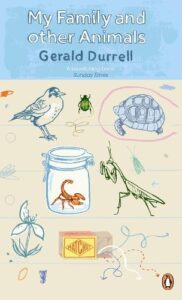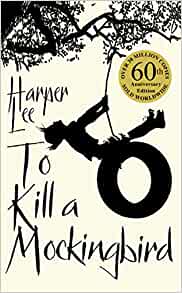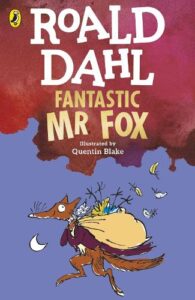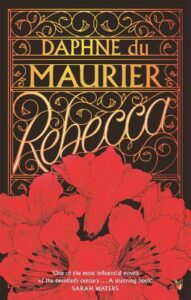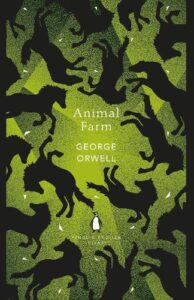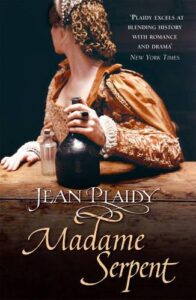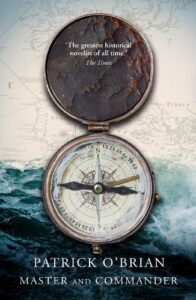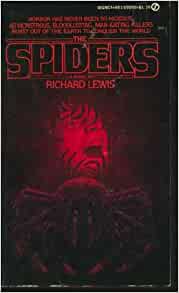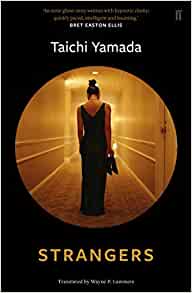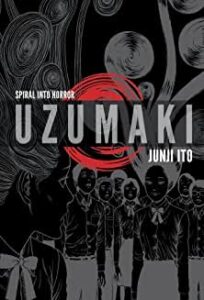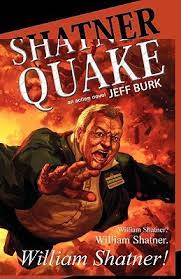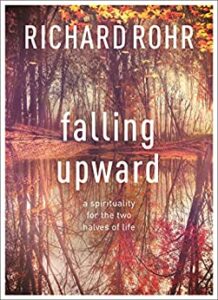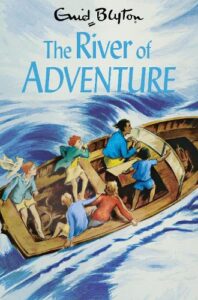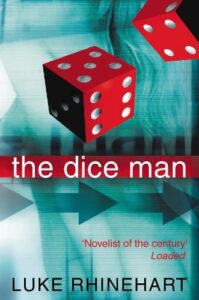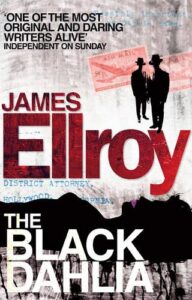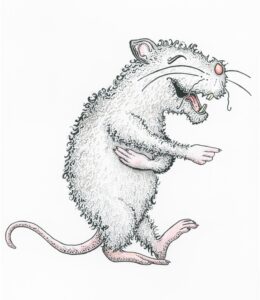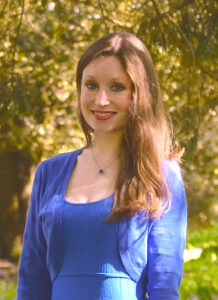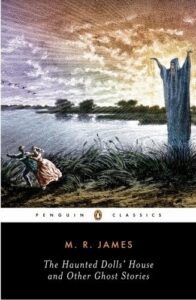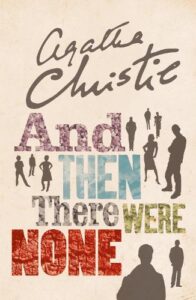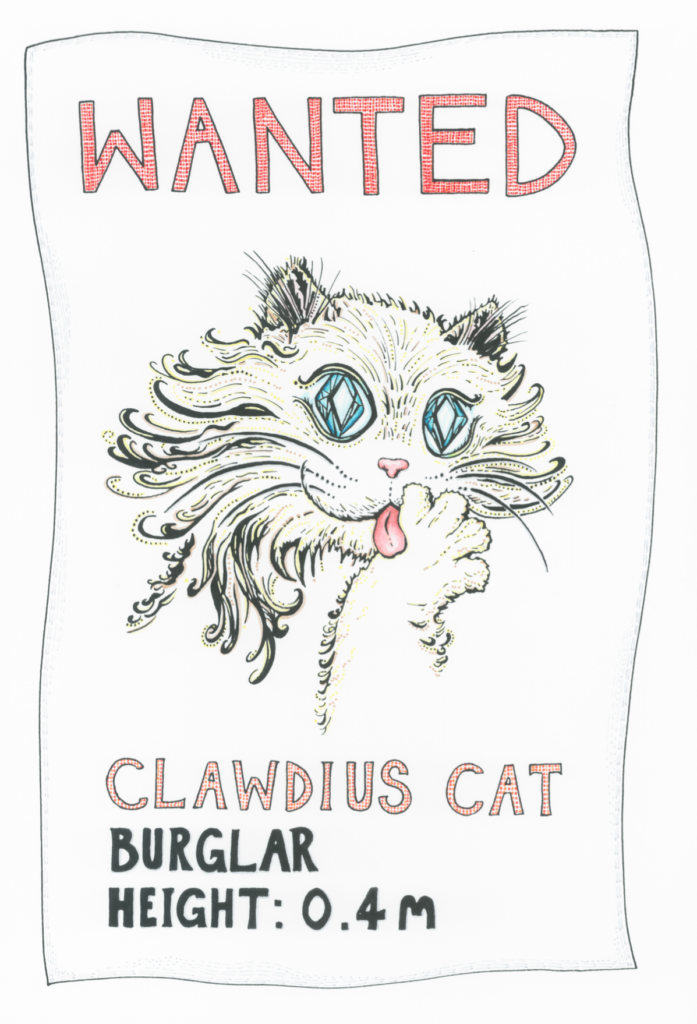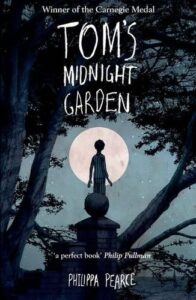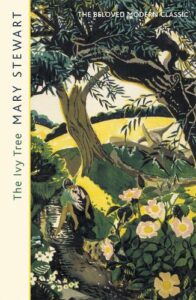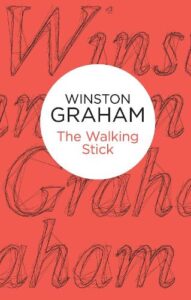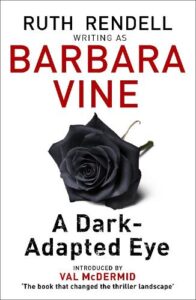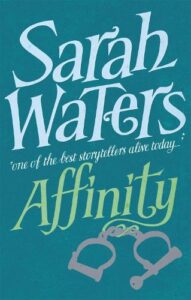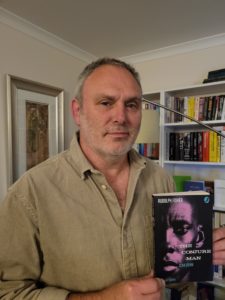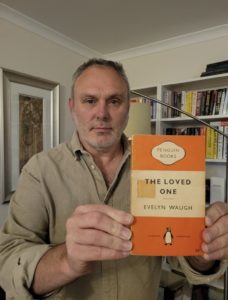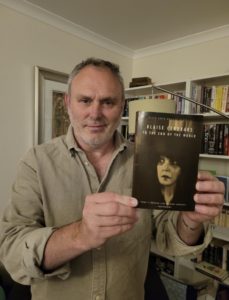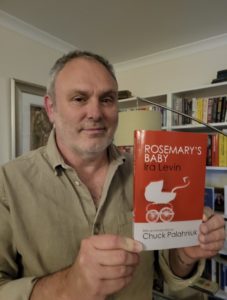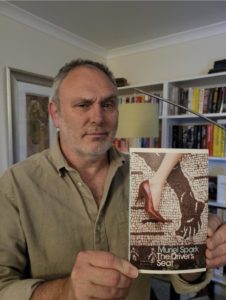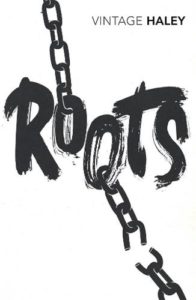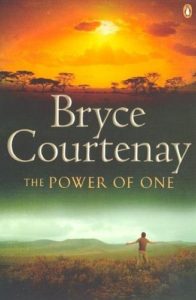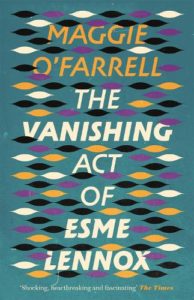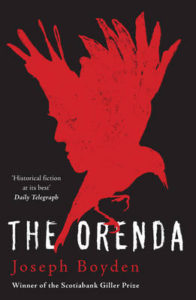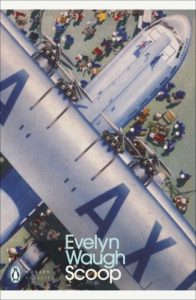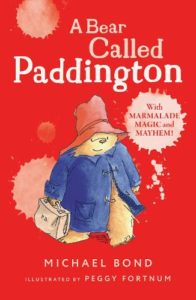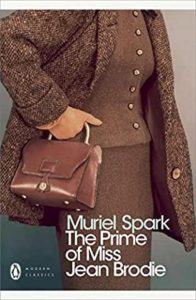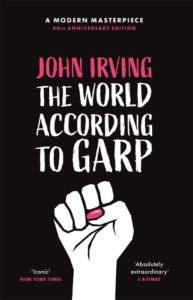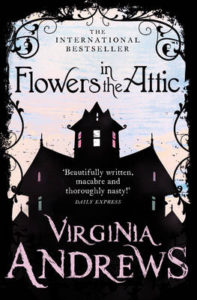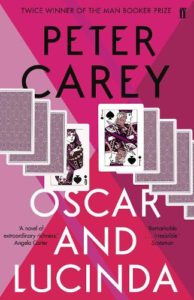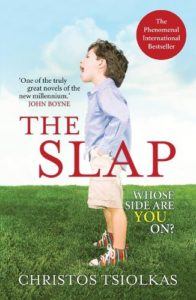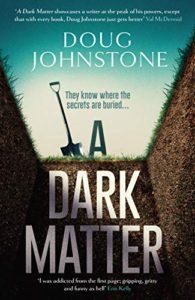Decades: Compiling the Ultimate Library with Abi Silver
I am trying to assemble the Ultimate Library. In January 2021 I began my mission to put together the very best collection of books. I only wanted to include books which were recommended and loved by booklovers. Each week I invite an author, blogger, journalist or blogger to join me here at Grab This Book and I invite them to add some new books to the shelves of my Decades Library.
Why is it a Decades Library? Well that is down to the second of the two rules I impose upon my guest’s choices. When selecting the books to be added to the shelves of the Decades Library my guests are asked to:
1 – Pick Any Five Books
2 – Only Select One Book Per Decade From Five Consecutive Decades
It sounded a simple task when I started inviting guests to make their choices. Apparently when you sit down to pick five books it becomes a real trial to narrow down just five books and even more of a challenge to get one per decade from five consecutive decades.
Fortunately my guest this week is no stranger to real trials (see what I did there?) and has picked five terrific books which I shall be adding to the Library shelves. I am thrilled to be able to pass the Decades Library curator’s hat to Abi Silver, author of the fabulous Burton and Lamb books. If you use that handy wee search function (over on the right) you can find my reviews of some of Abi’s books. If you have high powered binoculars and a view into my house you may be able to see my TBR bookcase where Abi also features – once again I find I am losing the battle of “time to read” over “books I want to read”.
Time to let Abi take over…
 Abi Silver grew up in Yorkshire, travelled widely and now lives in a village in Hertfordshire with her family. She is a practising lawyer and the author of the Burton & Lamb legal thriller series, featuring two defence lawyers, Judith Burton and Constance Lamb. Her legal duo are very much equals but opposites in their approach to life and the pursuit of justice… and whodunnit.
Abi Silver grew up in Yorkshire, travelled widely and now lives in a village in Hertfordshire with her family. She is a practising lawyer and the author of the Burton & Lamb legal thriller series, featuring two defence lawyers, Judith Burton and Constance Lamb. Her legal duo are very much equals but opposites in their approach to life and the pursuit of justice… and whodunnit.
Abi’s first novel, The Pinocchio Brief, with its ‘lie-detecting software’, invited the question, who is a better judge of truth, man or machine? The thread running through her five subsequent stories (covering themes as wide-ranging as driverless cars and online gaming) is mankind’s constant quest for new and better ways of doing things. Her latest book, The Ambrosia Project (published in October and available here ), focuses on the world of food and what we should all be eating.
You can find out more about Abi’s work on her website www.abisilver.co.uk or follow her as Abi Silver (@abisilver16) / Twitter or Abi Silver, Author | Facebook
DECADES
My family and other animals by Gerald Durrell
July had been blown out like a candle by a biting wind that ushered in a leaden August sky.
Decades before the TV series brought this autobiographical story of chaotic family life in Corfu in the 1930s to the attention of millions, an impressionable 10-year old (aka me) lapped it up and clamoured for more. Was it the escapist element? I mean, who wouldn’t want to leave behind grey Yorkshire days filled with mizzle for Mediterranean sunshine? Or be free to run barefoot through the countryside and fill every conceivable space with a menagerie? Although I’m not sure I would have wanted to change places with Gerry when it came to his siblings, however hilariously he described them. This book (and the rest of the series) were housed on my sister’s bookshelf and she was very possessive. I read it secretly, adding to the thrill of turning each page.
To Kill a Mockingbird by Harper Lee
Before I can live with other folks I’ve got to live with myself. The one thing that doesn’t abide by majority rule is a person’s conscience.
This story dealing with race and the loss of innocence, set in 1930s Alabama and narrated by six-year old ‘Scout’ Finch, is a magnificent read. Her father, Atticus, a lawyer who defends a black man accused of rape, is portrayed as a man of tremendous courage and integrity. (I’m sure I’m not alone in admitting that he is one of the reasons I became a lawyer – another was Granada TV’s Crown Court.) But the book goes so much further, covering class and gender and tolerance and its messages are often heightened by being written (delightfully) from a child’s perspective and with a wonderful fluid style.
Fantastic Mr Fox by Roald Dahl
Boggis, Bunce and Bean
One fat, one short, one lean…
This is the first book I read independently and I embraced it over and over again. Yes it had striking illustrations to help me along the way, but it was the story of heroic Mr Fox, the underdog, pitting his wits against the combined power of farmers Boggis, Bunce and Bean, which stole the show. The gluttony of the men (Boggis eats three boiled chickens and dumplings for breakfast) is contrasted masterfully with the moderation exhibited by the family of foxes, who eat only to survive. It’s not difficult to predict who will come out on top.
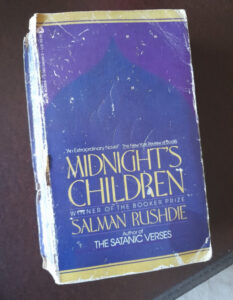
1980 to 1990
Midnight’s Children by Salman Rushdie
To understand just one life you have to swallow the world … do you wonder, then, that I was a heavy child?
Midnight’s Children accompanied me on my travels around India in the early 1990s. I still have the very same (precious and resilient) dog-eared copy, which survived collisions, attempted theft and numerous soakings and yet remained intact.
It tells the story of Salim Sinai born at midnight, on the day in 1947 when India gained its independence. He is one of many children who arrive into the world in that witching hour, before 1am, imbued with magical powers. Their stories and those of his family mirror real life events.
I have never read a book like this before or since. It is almost impossible to describe succinctly because it encompasses so many things. But I think what struck me most, on the first read, was the pace. I careered through the story carried by the richness of the language (much as its hero does) and I loved it.
Behind the Scenes at the Museum by Kate Atkinson
The past is a cupboard full of light and all you have to do is find the key that opens the door.
Set in York (a promising start) the novel tells the story of Ruby Lennox, in her own words. She lives above a pet shop together with her (dysfunctional) parents and sisters. In between Ruby’s narration, there are flashbacks through her family history, going right back to her great grandmother, Alice’s, encounter with a passing photographer. Despite covering incredibly sad and difficult topics, including the tragedies associated with war, this is a hilariously funny, warm read, packed with brilliant observations on life.
A briliant mix of titles which caters for all ages. Abi quoted the song from Fantastic Mr Fox “Boggis and Bunce and Bean.” I had the audiobook for Fantastic Mr Fox when I was a child – I listened to it on loop for hours and can still sing this song in full…happy days. Huge thanks to Abi for taking the time to collate her Library selections. All five books have been added to the Decades Library shelves.
DECADES WILL RETURN
